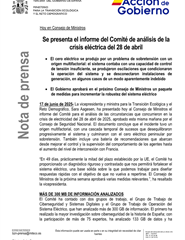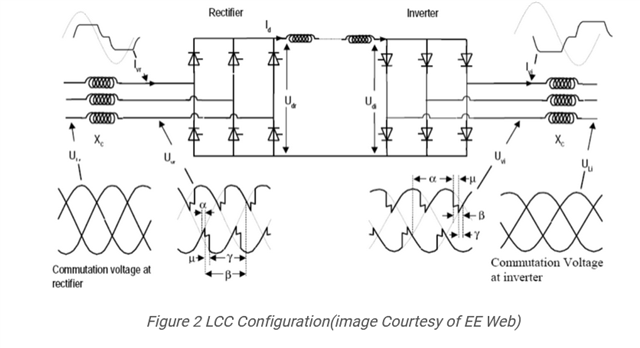Any thoughts/information on what happened? Was it a lack of spinning reserve?
Was it " The Portuguese operator, REN, said the outage was caused by a “rare atmospheric phenomenon”, with extreme temperature variations in Spain causing “anomalous oscillations” in very high-voltage lines."
as is written in the Guardian?
The Italien blackout from a few years ago had a definate cause in the tripping of interconnetors from Switzerland during a storm.




